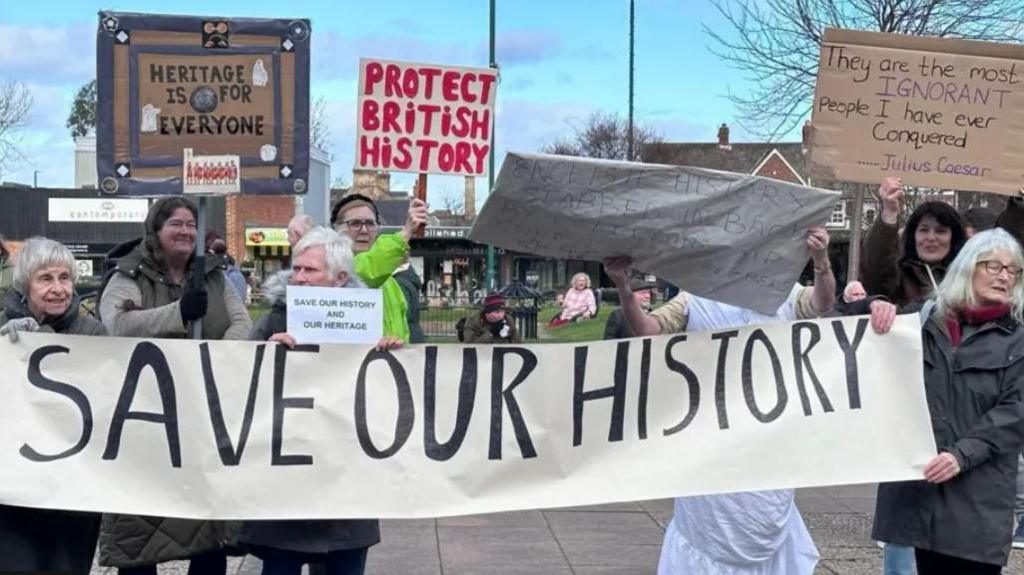Bid to halt Roman village site development fails

Archaeologist Dr Kendra Quinn and campaigner Dr Tristan Learoyd said they were "disappointed" by the decision
- Published
A bid to halt a housing development at a site where Roman artefacts were found has been refused.
Romano-British pottery, animal bones and flint tools were unearthed at the Long Field site in Marske, external earlier this year.
Campaigners applied to Historic England (HE) to make an order to protect the site, but it decided the area was not of "national importance".
Developers Taylor Wimpey and Miller Homes, which plan to build about 800 homes on the site, said they had worked under the "constant guidance of an appointed archaeology consultant".
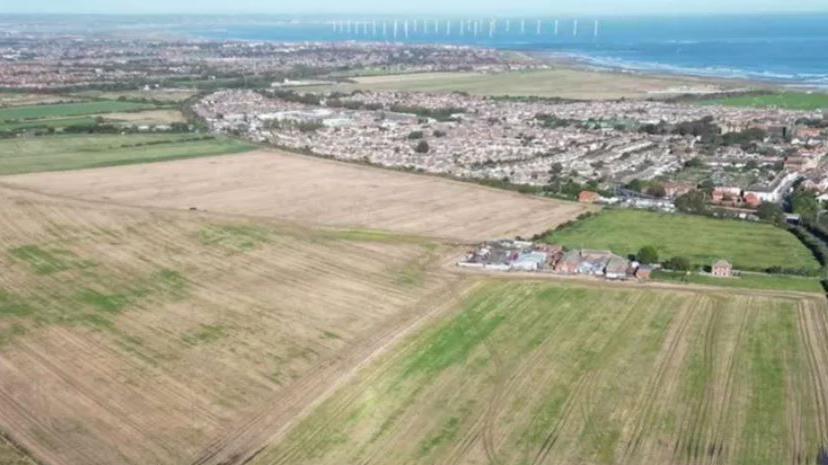
About 800 houses are planned for the 40-acre site
Liberal Democrat councillor Dr Tristan Learoyd and archaeologist Dr Kendra Quinn said they were "disappointed" by the decision, made after 3,000 people signed a petition against the development.
Dr Quinn said she had lodged an appeal against the refusal, claiming there were "discrepancies" in the HE's report which ruled out the existence of a Roman villa at the site.
She believes there is enough evidence to suggest there was a villa on the south of the site.
Dr Quinn said: "An appeal can be made if significant errors are found in the report and that’s exactly what I have done.
"The people of Marske deserve better than that."
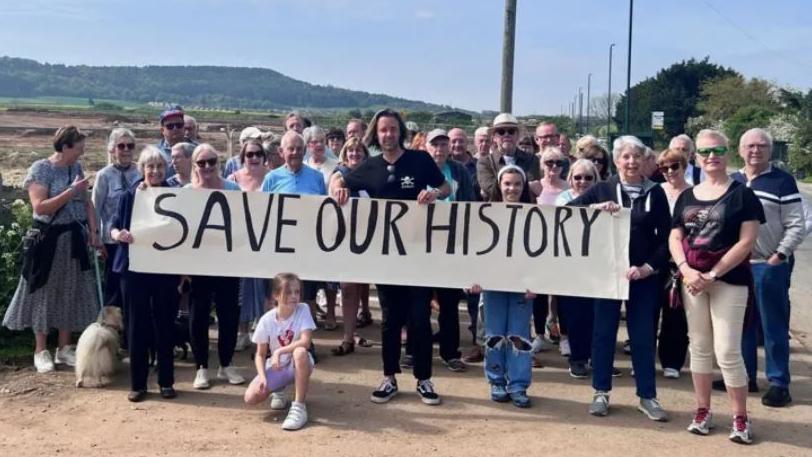
More than 3,000 campaigners signed a petition against the development
Historic England said that, after "carefully assessing" whether to protect the site, it recognised it was of local and regional interest.
However, it concluded it did not meet the "high bar of national importance."
"Following a local campaign, we also received many letters of support for scheduling from members of the public," HE said.
"Scheduling is the protection of nationally important archaeological sites.
"It is applied only to sites of national importance and, even then, only if it is the best means of protection."
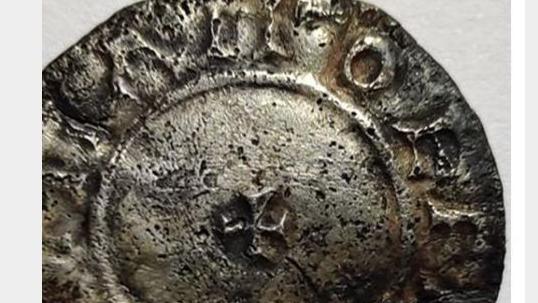
One of the artefacts found at the site is a coin dated 950-975AD
The housing company said 810 "much-needed homes" would now be built.
In a statement, the firms said: “As we proceed with the planned development, we are committed to maintaining an open and transparent dialogue with the local council and wider community, and thank them for their ongoing patience and understanding."
Follow BBC Tees on X (formerly Twitter), external, Facebook, external and Instagram, external. Send your story ideas to northeastandcumbria@bbc.co.uk.
Related topics
- Published12 May 2024
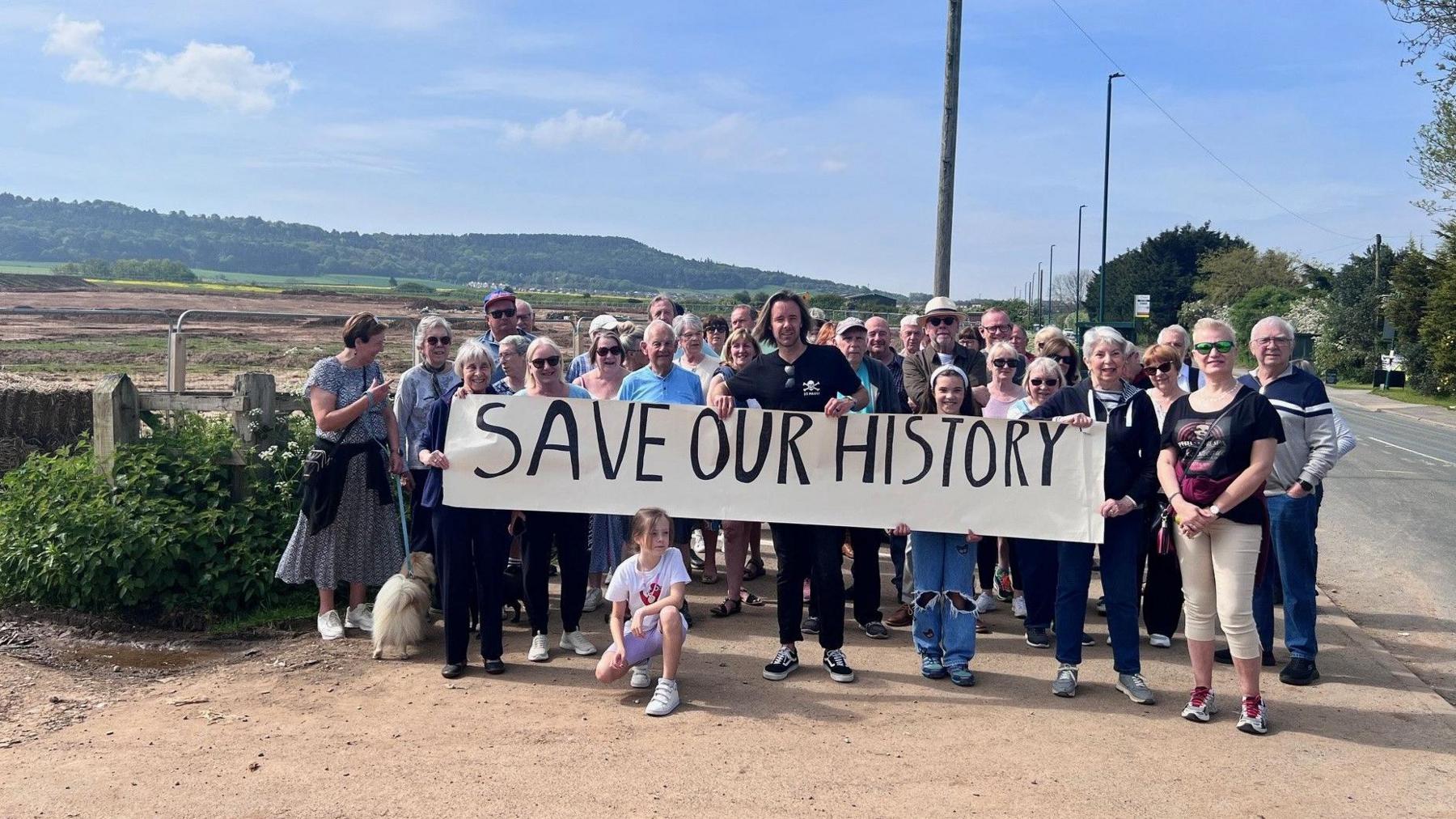
- Published2 March 2024
